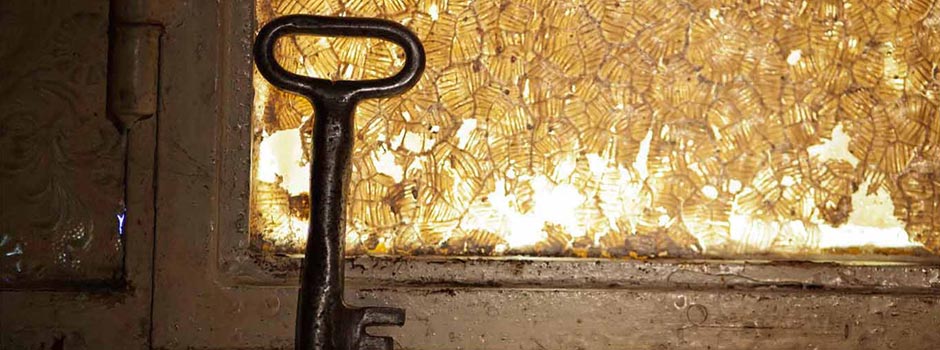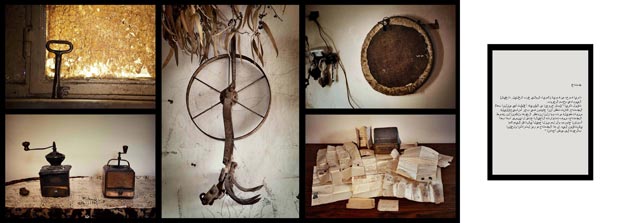
‘Traces’ by Palestinian artist Rula Halawani
Apr 10, 2013 Exhibition

‘Most refugees cherish their items, which not only fulfill a decorative function but also serve as reminders to their children of their ancestral homes, thus preserving their identity, from one generation to another.’ – Rula Halawani.
Selma Feriani Gallery is pleased to welcome back Rula Halawani for the third time with 'Traces'. Following on from her most recent exhibition in London, 'Presence and Impressions', this collection of photographs is a continuation of her previous series of the same title. The Traces series from 2007 portrayed fear, dissolution and imprisonment through the use of images of the ground surrounding the Separation wall cutting through Palestine. This new series however, is almost an antithesis of the work it follows, breathing light, warmth and hope into a dark and desperate situation through the imagery of various house-hold items.
 ‘A Key’ by Rula Halawani / 2013, Photographic print, Edition 5 of 5, Set dimensions: 68h x 144w cm, Traces series / Courtesy of Selma Feriani Gallery
‘A Key’ by Rula Halawani / 2013, Photographic print, Edition 5 of 5, Set dimensions: 68h x 144w cm, Traces series / Courtesy of Selma Feriani Gallery
Artist statement (on the photo):
Thuraya Farah, 67 years old, is originally from Zakariyya village, northwest of the city of Hebron. She now lives in Al-Arrub camp. “When we fled, my mother locked the door to our house with this key. She thought that in a few weeks we would come back to our house. Many years went by and we still did not return; we keep this key and we pass it from one generation to another so that our children will never forget where they are from, and they will always remember that they have a beautiful home waiting for them to go back to. This key is a symbol of our heritage and our return to our homeland, the land of our ancestors…â€
Coming from a news photography background, Rula’s investigatory nature led her into discussions with many Palestinian refugees about the villages they lived in before they fled their homes in 1948, and soon discovered that the interiors of their new dwellings kept alive the memories from their old life. Simple house-hold objects, gifts from friends or deceased family members, photographs and official documents make up this web of a life and time that had to be abandoned, and Rula displays the images in a carefully arranged and coordinated series of eight complete works.
Items are used as heroic symbols, like the basket of eggs in 'Raw Eggs and Bread', symbolising the bravery and courage of Nawal Nakhleh’s mother, who snuck back into her home to take back the basic food they needed to survive after her and her husband had been forced to flee at night. Another powerful motif and symbol is the key. Firstly in 'Framed Keys' and 'Train Whistle', where the items described in the title, given as a gift from Nabil Youssef Farha’s father before he died, become symbolic due to the influential message passed on alongside the present to pass on to future generations, “these are the symbols of our right to return…make them understand that this refugee camp is not their homeâ€. The key image is also used again in 'A Key', where the object shown is the original and last remaining key to the family’s old home, to be passed down so they never forget where they came from.
‘I visually explored and documented the homes of these refugee families, I asked people why they chose to bring these particular items, and what symbolic meaning they held for them. Some told me unique stories, which I later asked a calligrapher to transcribe by hand.’ – Rula Halawani.
Each piece is presented alongside a brief biography of the owner of the pictured items and a short story about a particular object, transcribed into Arabic and presented on the right-hand side of each work.
Comments
Add a comment